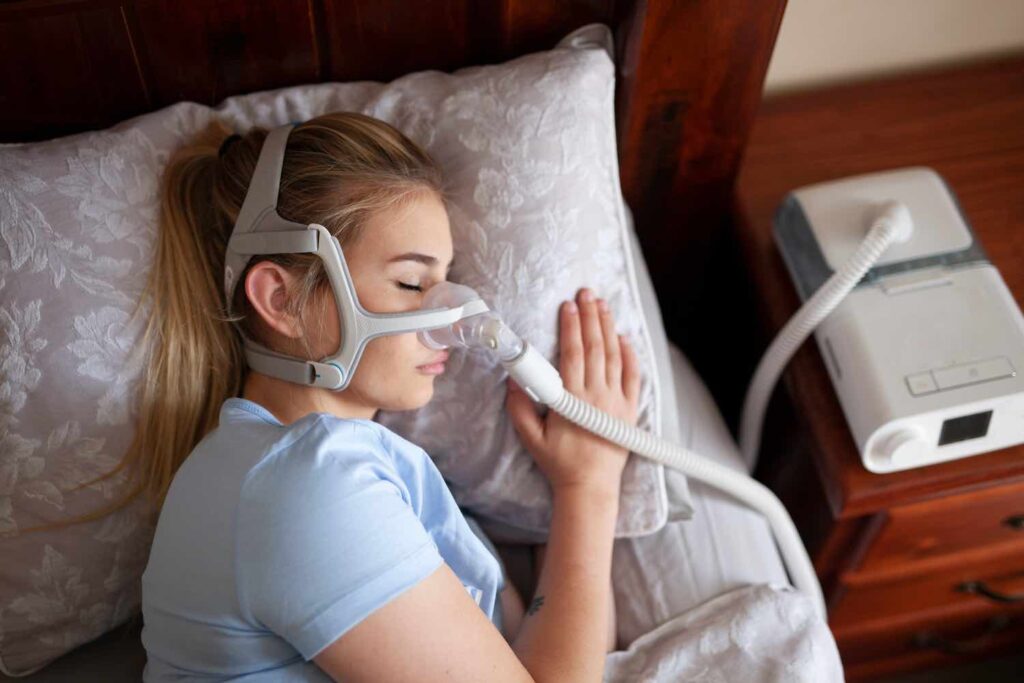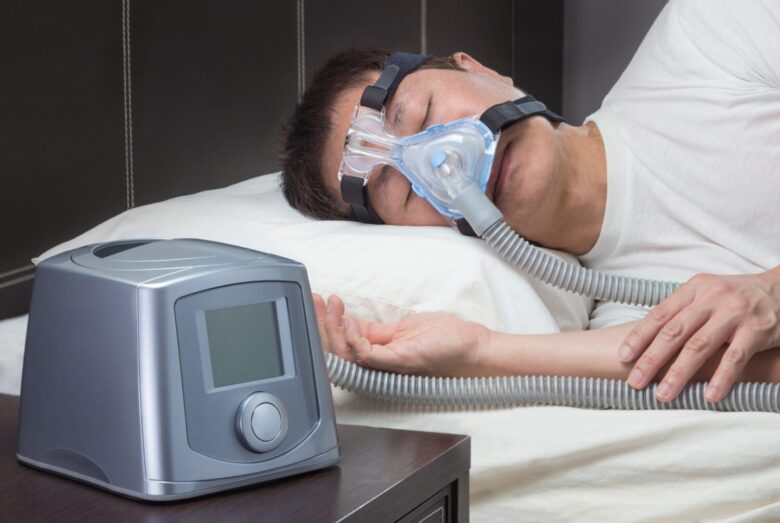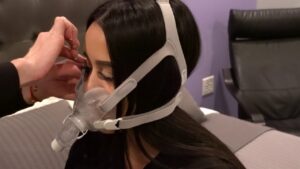If you’re new to sleep apnea therapy, you’re probably wondering where to begin. What are the various machines? What are their similarities and differences? Finally, you’re wondering which one is right for you.
First and foremost, you might have probably noticed the various terms and acronyms for sleep apnea therapy devices. Continuous positive airway pressure (CPAP), bi-level positive airway pressure (BiPAP), and automated positive airway pressure (APAP) are likely the most commonly used terms.
While the word CPAP machine is frequently and wrongly used to refer to all positive airway pressure (PAP) devices, cpap machine cost and cpap masks are only one form of PAP therapy used to treat sleep apnea. While this is the most prevalent form, two other types also exist and are fairly common, which are: automated positive airway pressure (APAP) and bi-level positive airway pressure (BiPAP).
Related: Why Is ResMed’s AirFit F30i Full-Face Mask So Popular?

The various kinds of PAP machines are better suited to different people and as their specific health demands. So, it is crucial to listen to your doctor’s advice on which machine type is ideal for you.
- CPAP: Continuous positive airway pressure (CPAP) devices maintain a constant but adjustable level of air pressure throughout the night. This maintains the airway open during both inhalation and expiration, making it a suitable therapy option for the majority of obstructive sleep apnea patients. Because it does not require sensors for pressure adjustment, CPAP is also the least costly of the PAP therapies. However, some people may find the constant pressure irritating, especially while exhaling. Most CPAP users acclimate to this sensation over time or by modifying pressure settings as directed by their medical specialist, but others may need to transition to an APAP or BiPAP machine.
- BiPAP: BiPAP devices provide two pressure levels – expiratory pressure (EPAP) and inhale pressure (IPAP). These machines often have greater air pressure ranges, which typically range from 4 to 25 cm H2O. Patients with sleep apnea who cannot tolerate CPAP devices, as well as those who require structured airway assistance, may benefit from BiPAP machines. BiPAP devices do have drawbacks, such as the requirement to start on CPAP before switching to BiPAP, a greater cost price, and the risk of developing central sleep apnea (CSA) in OSA patients.
- APAP: Automatic Positive Airway Pressure (APAP) machines use sensors to regulate pressure levels during the night based on the user’s demands. These requirements may alter depending on a variety of conditions, such as sleep posture, sleep stage, or the use of sedative medicine. Adjustments are made by sensing a user’s breath resistance throughout each breathing cycle, allowing it to reduce pressure during stable times and raise pressure during challenging moments. APAP devices are used by a wide spectrum of people, although their high cost may be prohibitive for certain patients, and they are not appropriate for patients with certain respiratory or cardiac disorders. Some people prefer the constant pressure of a CPAP machine over the automated adjustments.
All three machines are positive airway pressure (PAP) devices used to treat Obstructive Sleep Apnea (OSA) – one of the three kinds of sleep apnea. All the 3 devices mentioned, in conjunction with a CPAP mask and tubing, deliver a mild flow of pressured, filtered air to keep your airway open. When you’re sleeping, these three devices keep obstacles from interfering with your capacity to breathe.
Regardless of the equipment you pick, your journey to a better night’s sleep will begin with a sleep study, which may be performed in a specialist lab or at home. Either way, the research will assist your doctor or sleep specialist in determining which machine is best for you as well as your exact pressure setting.

Why Should You Use CPAP Therapy? Why is CPAP preferred over APAP or BiPAP?
CPAP devices have been on the market for almost 40 years. Dr. Colin Sullivan, an Australian doctor, pioneered the use of CPAP devices. His long-term research interest in the role of the upper respiratory airway in SIDS led him to discover that PAP treatment could also be used to treat sleep apnea.
Thanks to this study and their ease of use, CPAP devices are a safe and effective way to keep your airway open throughout the night, reducing apnea occurrences.
If you have sleep apnea, your throat tissue may lose tone and relax as you sleep. Excess throat tissue slips backwards, obstructing your ability to breathe. Each of these instances may prompt you to gasp yourself awake in order to take a breath. These are known as apnea episodes.
Upper Airway Resistance Syndrome can also be treated using CPAP equipment (UARS). OSA is preceded by UARS. Instead of a complete obstruction, you will experience a decrease in air intake because your airway is packed owing to a buildup of loose tissue.
You may not wake up gasping for air because of a complete lack of oxygen, but you will have laboured breathing and your lungs will have to work harder to take in air as you sleep. Although you are breathing and receiving oxygen, it may not be enough, and your brain may occasionally rouse you up to help you breathe more freely and regularly. If left untreated, UARS frequently progresses to OSA.
If you are generally healthy, have no history of lung or respiratory illness, and have been diagnosed with mild or moderate OSA, CPAP devices will most likely be your first line of treatment.
Now that you understand what distinguishes each machine, the main commonalities among APAP, BiPAP, and CPAP machines are that they all assist in opening your airway and relieving breathing while you sleep, hence lowering the number of apnea incidents.
The primary distinction between them is how they do it.
Most people with sleep apnea use a CPAP machine, but BiPAP and APAP machines may be more comfortable if your breathing patterns change or if you have lung problems that make it uncomfortable to exhale against a higher pressure, or if you need different pressures at different times of the night.
Remember that no machine is superior to another—the appropriate one will help you breathe easily at night so you can reap all of the advantages of CPAP therapy and enjoy a good night’s sleep.


